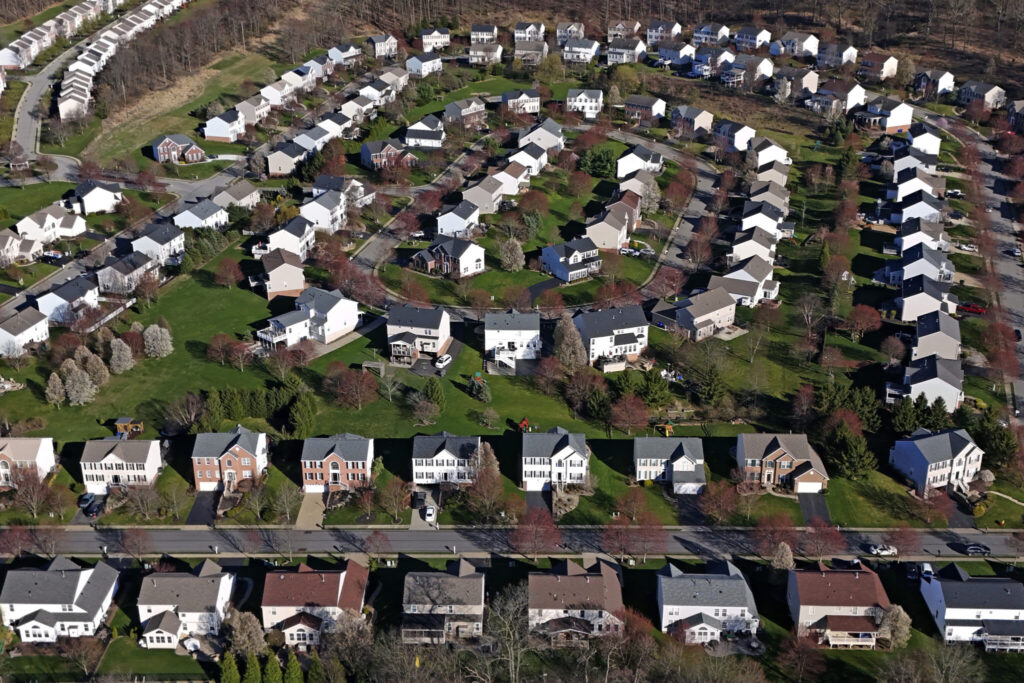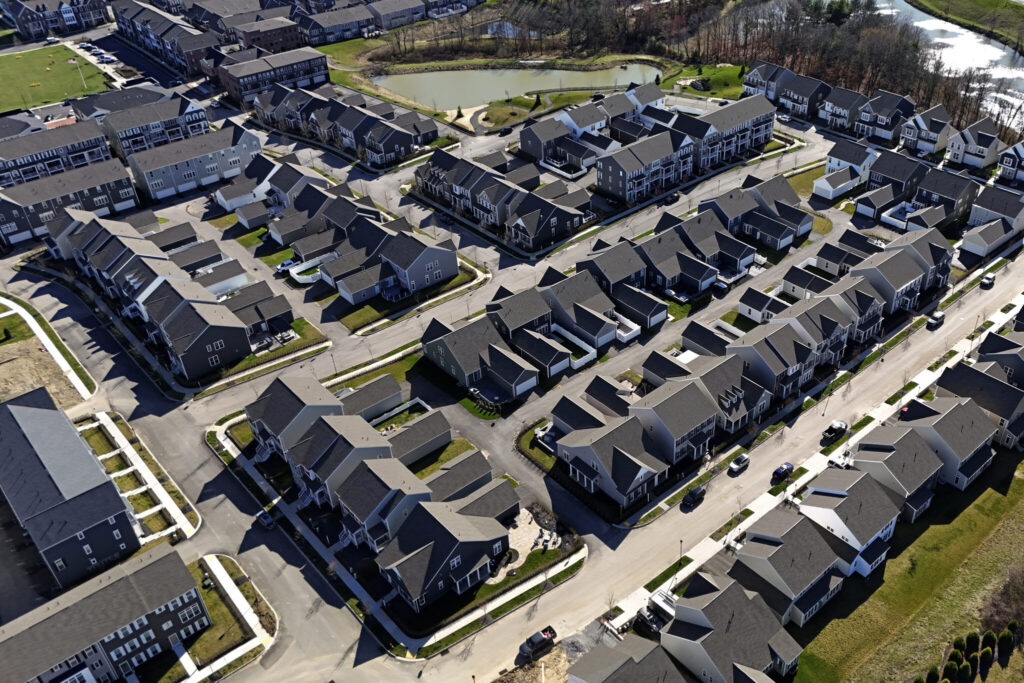U.S. New Home Sales Slip 0.6% in July as Rates Stay High/ Newslooks/ WASHINGTON/ J. Mansour/ Morning Edition/ New U.S. home sales dipped in July, signaling ongoing strain in the housing market due to high borrowing costs and slowing wage growth. Though mortgage rates have slightly eased, affordability challenges and excess inventory continue to suppress demand. Economists expect housing to remain under pressure through year-end.

U.S. Housing Market Quick Looks
- July new home sales fell 0.6% to 652,000 units
- June sales were revised up to 656,000 units
- Median new home price dropped 5.9% year-over-year
- Inventory decreased slightly to 499,000 homes
- Sales fell sharply in the Midwest and South
- New home supply near October 2007 levels
- Mortgage rates easing, but still above wage growth
- September Fed rate cut possible amid labor market concerns
- Wage growth slowed to 3.9%, inflation remains a factor
- Completed home inventory highest in 16 years
Deep Look: High Borrowing Costs Slow U.S. Home Sales Despite Easing Mortgage Rates
WASHINGTON — August 25, 2025 – The American housing market continues to struggle under the weight of elevated borrowing costs, with new home sales falling in July for the second time in three months. According to data released Monday by the U.S. Commerce Department, sales of new single-family homes dropped 0.6% to a seasonally adjusted annual rate of 652,000 units — a sign that affordability concerns continue to suppress demand, even amid speculation of an interest rate cut from the Federal Reserve.
This slight drop followed an upward revision to June’s sales pace, which was adjusted to 656,000 units, up from the originally reported 627,000. Despite the revision, the overall trend confirms what many economists have been warning: high mortgage rates and weakening job growth are dragging down the housing market.
“Affordability challenges and slower job growth in most industries serve as headwinds to the housing market,” said Daniel Vielhaber, economist at Nationwide. “There is little reason to expect a pick-up in sales through the end of the year.”
Regional Breakdown Shows Uneven Market
The South, the country’s largest housing region, saw a 3.5% decline, while the Midwest registered a 6.6% drop. Sales remained unchanged in the Northeast, and the West bucked the trend with an 11.7% increase, reflecting possible regional resilience or pricing disparities.
On a year-over-year basis, new home sales declined 8.2%, showing a broader, sustained slowdown in market activity. These figures are consistent with the overall housing slump triggered by the Federal Reserve’s efforts to contain inflation through aggressive rate hikes.
Prices and Inventory Signal Buyer Hesitation
Median new home prices dropped significantly in July, falling 5.9% from a year earlier to $403,800 — the lowest median price recorded in eight months. While this decline may appear to benefit buyers, many still find homeownership out of reach due to wage stagnation and high borrowing costs.
At the end of July, the number of unsold new homes on the market stood at 499,000 units, only slightly below June’s 502,000. While down marginally, that figure remains near 2007 highs, indicating a supply glut that continues to weigh on the market.
“The buildup of completed new-home inventory will limit the upside for single-family housing starts in the near term,” said Nancy Vanden Houten, lead U.S. economist at Oxford Economics.
Builders are also feeling the strain. A recent National Association of Home Builders (NAHB) survey found that the share of builders offering price cuts jumped in August to its highest level since 2022, as they struggle to lure buyers in a tough market.
Rate Cuts on the Horizon?
The Federal Reserve’s monetary policy remains a crucial factor. Though mortgage rates have eased slightly, with the 30-year fixed rate sitting at 6.58%, down from 7.04% in January, they remain well above wage growth, which has slowed to 3.9% annually.
Fed Chair Jerome Powell signaled a potential rate cut at the upcoming September 16–17 policy meeting, citing concerns over labor market softening. However, he also noted that inflation remains a persistent threat, meaning any decision will heavily depend on upcoming August inflation and employment reports.
The Fed’s benchmark interest rate currently stands between 4.25% and 4.50%, unchanged since December 2024. Despite easing Treasury yields, housing affordability remains stretched, and residential investment is expected to contract for the third consecutive quarter.
Builders Face Pressure From Excess Inventory
New homes are typically counted as “sold” when a contract is signed, making them a useful forward-looking indicator. However, sales volatility and frequent revisions make trend tracking challenging.
At July’s pace, it would take 9.2 months to clear the current supply — unchanged from June — underscoring the sluggish absorption rate of inventory. Meanwhile, the inventory of completed new homes for sale is now at its highest point in 16 years, putting further pressure on builders to cut prices or delay new projects.
“Given excess inventory, it’s unlikely new home prices will increase on a sustained basis in the near term,” Vanden Houten added.







